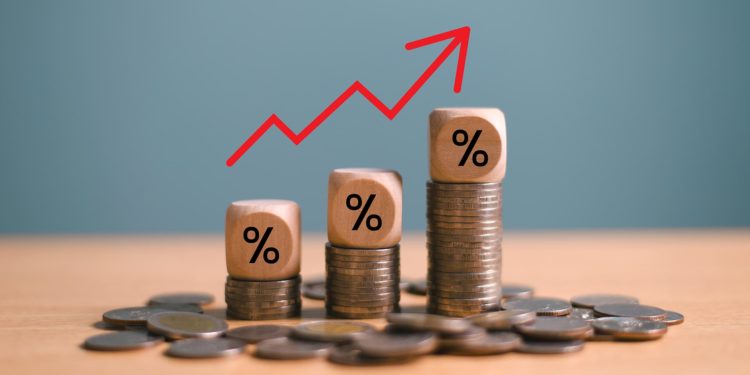Kenya has in recent months experienced a gradual uptick in inflation, a trend that presents a complex mix of pressures for households, businesses, and policymakers. In March 2025, the annual consumer price inflation reached 3.6 percent, up from 3.5 percent in February. (Kenya National Bureau of Statistics) The increase was primarily driven by rising costs in food and non-alcoholic beverages, which saw a year-on-year rise of about 6.6 percent, as well as by transport expenses. (Kenya National Bureau of Statistics)
By April 2025, inflation had climbed further to 4.1 percent, according to data from the Kenya National Bureau of Statistics (KNBS). (Nairobi Leo) That increase was again led by steep rises in food-and-drink prices, as well as elevated transport costs and modest increases in housing, water, electricity, gas, and other fuel-related costs. In July 2025, inflation remained at around 4.1 percent, driven by similar categories: food and non-alcoholic beverages (6.8 percent), transport (4.1 percent), and housing, water, electricity, and fuel (1.3 percent). (Kenya National Bureau of Statistics) Most recently, in October 2025, the annual inflation rate held steady at 4.6 percent. (The Trading Room) The food and non-alcoholic beverages index in that period recorded a strong year-on-year increase of about 8 percent, signaling that staple items and basic consumer goods remain under significant inflationary pressure. (The Trading Room)
This inflation trend in Kenya lives within a broader economic context shaped by policy considerations and macroeconomic realities. The Central Bank of Kenya has maintained interest rates at lower levels in recent months, citing that inflation remains within its target band. (Central Bank of Kenya) While the recent increases in inflation carry risks—especially for low- and middle-income households that spend a large share of their income on essentials—there is also room for monetary policy to respond without overstimulating borrowing. The moderation of inflation from earlier, higher levels suggests that despite the upward pressure from food and transport, overall price increases remain somewhat contained.
For ordinary Kenyans, steady inflation of between 4 and 4.6 percent can erode purchasing power, particularly for those earning fixed incomes or relying on cash savings. It reduces real income, making it harder for families to absorb unexpected cost increases, whether in food, fuel, or utilities. For businesses, higher inflation can complicate planning, especially for firms that rely on predictable input prices or long-term contracts.
At the same time, rising inflation can affect investment decisions. Investors looking for stable returns need to consider how inflation will interact with interest rates, real yields, and currency risk. In such an environment, money market instruments and other tools that preserve capital while offering liquidity may become especially attractive.
Start your investment journey today with the Cytonn Money Market Fund. Call + 254 (0)709101200 or email sales@cytonn.com.
















